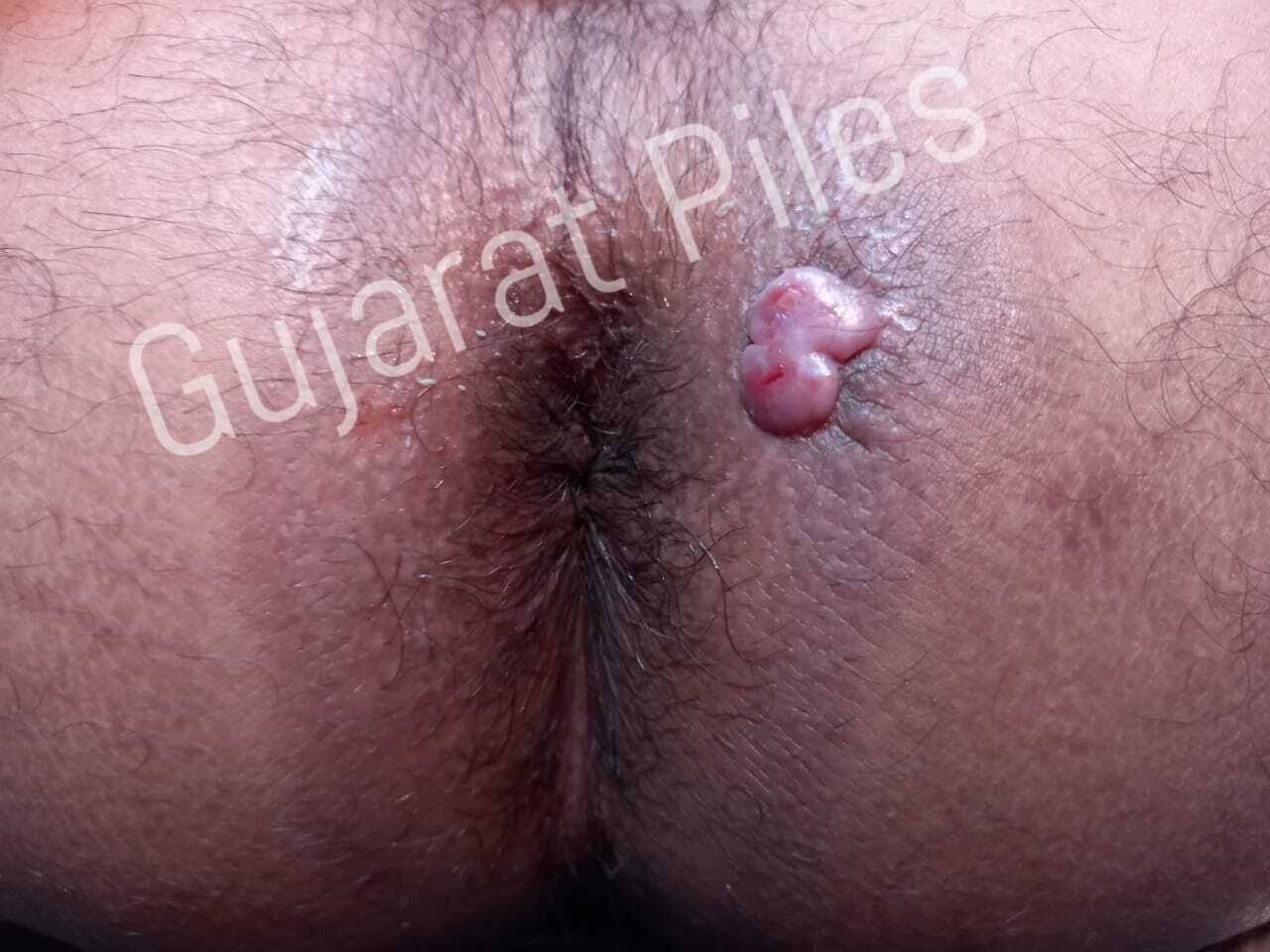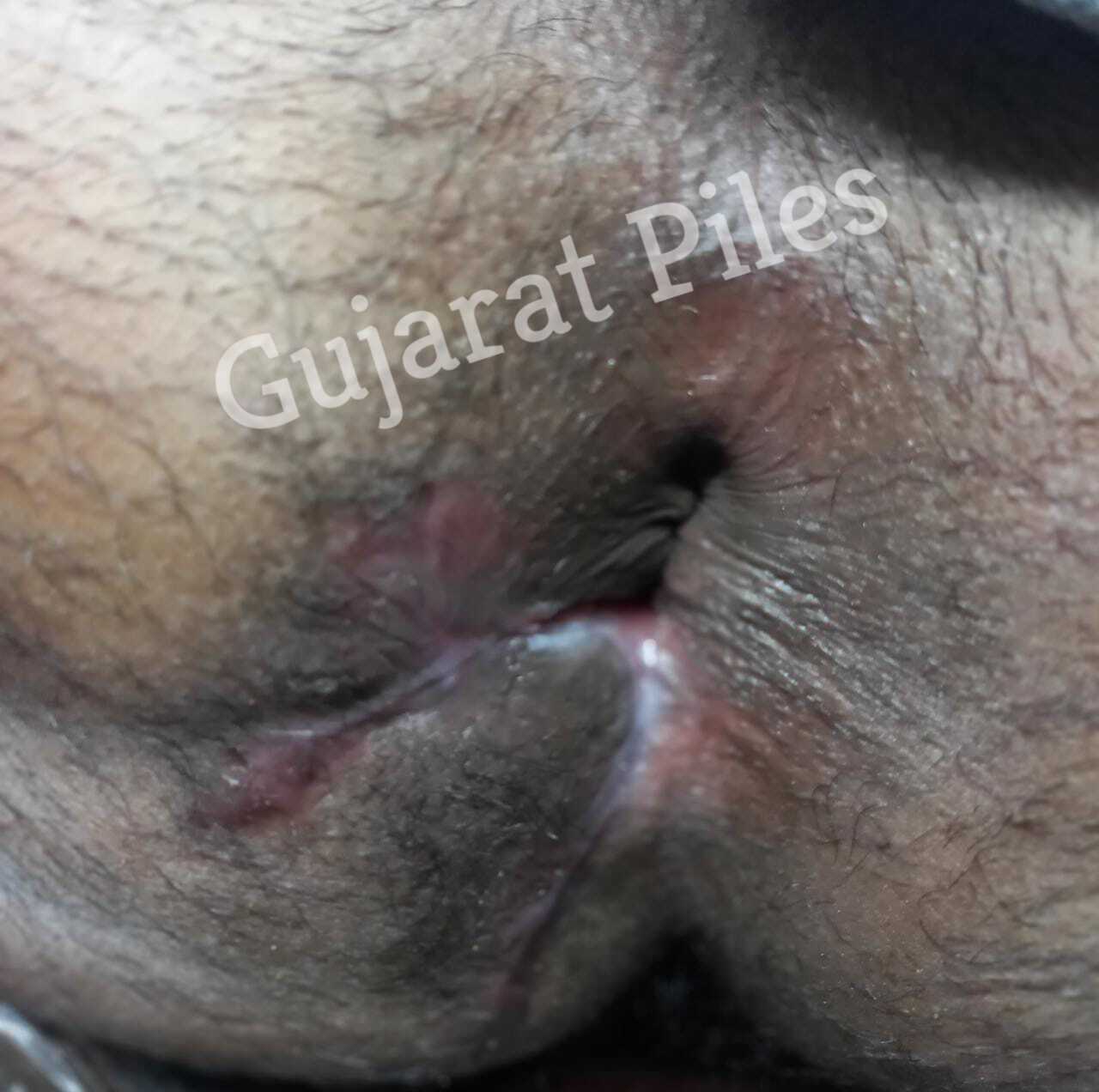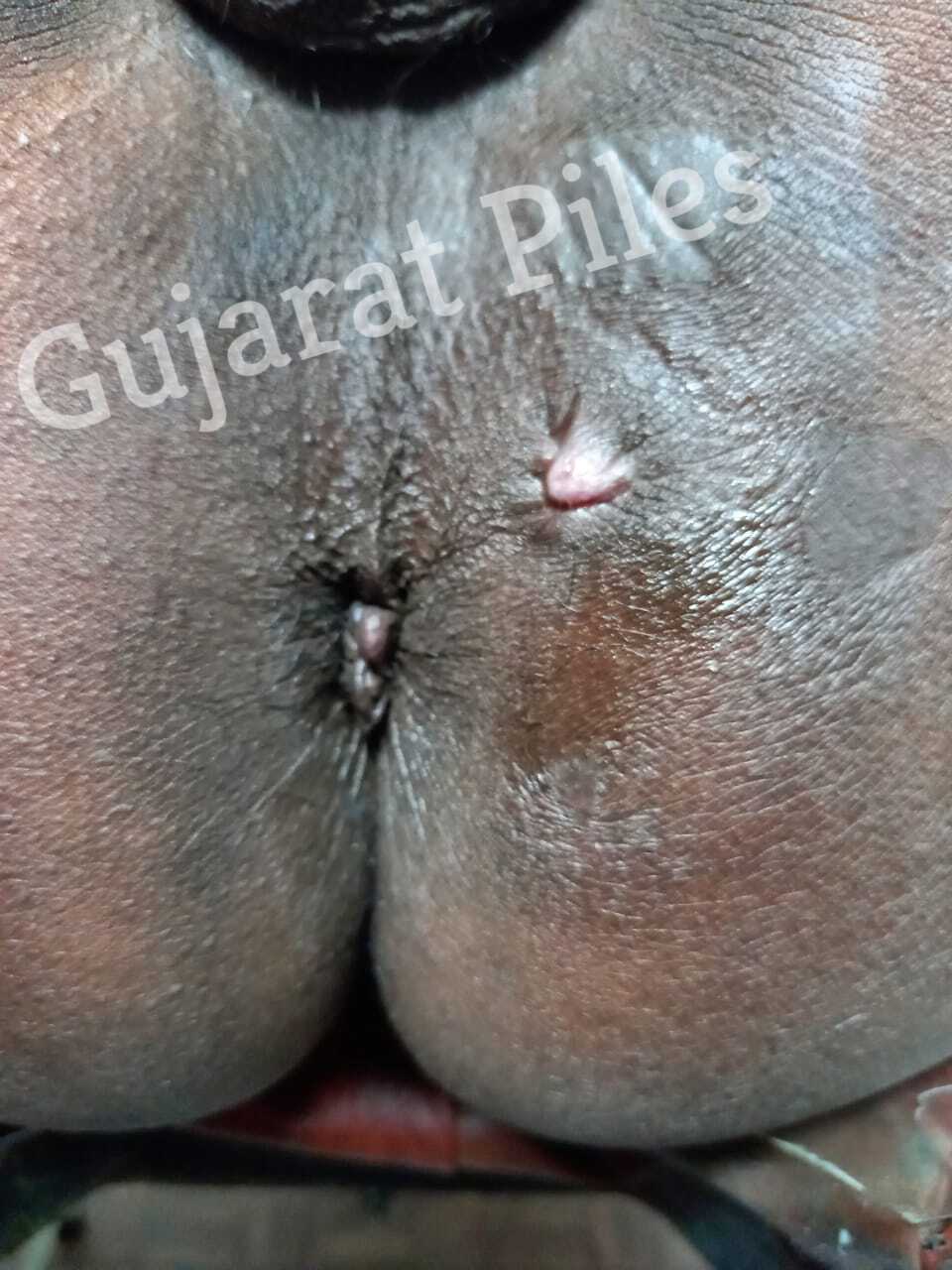

ANAL FISTULA
An anal fistula is a small channel that can develop between the end of the bowel and the skin near the anus. An anal fistula can cause bleeding and discharge when passing stools – and can be painful. An anal fistula can occur after surgery to drain an anal abscess.
In some cases, an anal fistula causes persistent drainage. In other cases, where the outside of the channel opening closes, the result may be recurrent anal abscesses. The only cure for an anal fistula is surgery.
Symptoms of anal fistulas
Possible symptoms include:
Pain, which is usually constant, throbbing and worse when sitting down
Skin irritation around the anus, including swelling, redness and tenderness
Discharge of pus or blood
Constipation or pain associated with bowel movements
Fever
DIAGNOSIS OF ANAL FISTULAS
Usually, a clinical evaluation – including a digital rectal examination – is sufficient to diagnose an anal fistula, but some patients may require additional tests to screen for:
Sexually transmitted infections
Inflammatory bowel disease
Diverticular disease
Rectal cancer In rare cases, an examination may be done under anaesthesia. The doctor may also
ask for an
ultrasound, a CT scan or an MRI.
TREATMENT OF ANAL FISTULAS
The type of surgery will depend on the position of your anal fistula. The options include:
Fistulotomy. This is used in 85-95% of cases and involves cutting open the whole length of the fistula in order for the surgeon to flush out the contents. This heals after one to two months into a flattened scar.
Seton techniques(kshar-sutra Treatment). A seton is a piece of thread which is left in the fistula tract. This may be considered if you are at high risk of developing incontinence when the fistula crosses the sphincter muscles. Sometimes several operations are necessary.
Advancement flap procedures. This option is usually when the fistula is considered complex, or is there is a high risk of incontinence. The advancement flap is a piece of tissue that is removed from the rectum or from the skin around the anus. During surgery, the fistula tract is removed and the flap is reattached where the opening of the fistula was. The operation is effective in about 70% of cases.
Fibrin glue. This is currently the only non-surgical treatment option. The glue is injected into the fistula to seal the tract, then the opening is stitched closed. It is a simple, safe and painless procedure, but long term results for this method are poor. Initial success rates as high as 77% drop to 14% after 16 months.
Bioprosthetic plug. This is a cone shaped plug made from human tissue, which is used to block the internal opening of the fistula. Stitches keep it in place. However, this does not completely seal the fistula, so that it can continue to drain. New tissue usually grows around the plug to heal the fistula. Two trials show success rates of over 80% for this method, but long term success rates are uncertain.
AFTER THE OPERATION
After surgery, most people are prescribed medicine for pain relief. For otherwise healthy people, antibiotics are usually not needed. Antibiotics may be required, though, for some people, including those with diabetes or decreased immunity. Most people are able to move around and eat and drink once the anaesthetic has worn off. You may be able to go home the same day, but a longer stay in hospital may be necessary if surgery is more complicated. People can expect to lose only a minimal amount of time from work or school.
People will usually wear a dressing over the wound until it is healed. A district nurse may visit to help you change the dressing and check the wound is healing. Most wounds take about six weeks to heal. Stool softeners may be recommended to ease the discomfort of bowel movements. Some people may be advised to wear a gauze pad or mini-pad to prevent the drainage from soiling their clothes.
Seek medical advice if you experience complications after surgery, which can include:
Heavy bleeding
Increased pain, swelling or discharge
A high temperature of 38C (100.4F) or more
Nausea
Constipation
Difficulty passing urine
Infection
Troublesome scarring


Make an Appointment